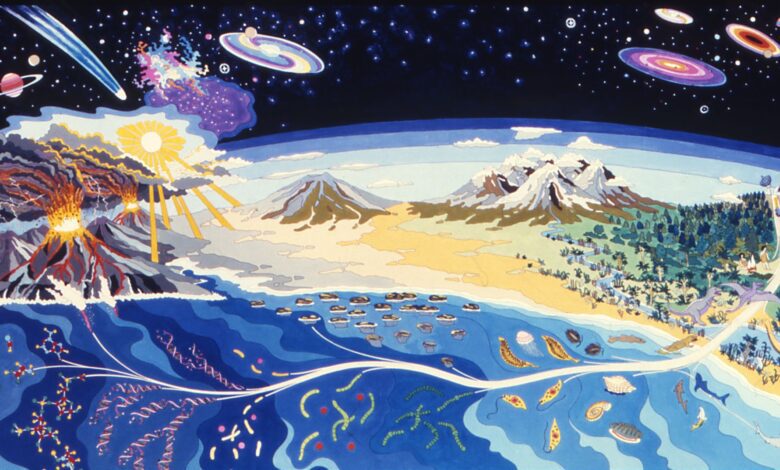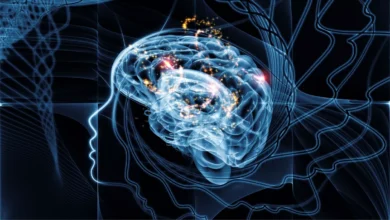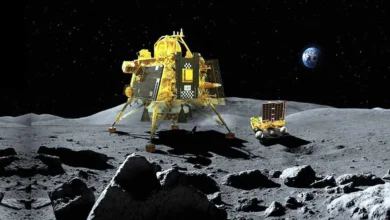Researchers replicate chemical reaction that could have sparked origin of life on Earth
In a groundbreaking feat, researchers integrate autocatalytic reactions, shedding light on the birth of complex structures that evolved into life on Earth billions of years ago.

In a groundbreaking achievement, scientists have successfully recreated a chemical reaction believed to have initiated the formation of complex, self-replicating structures that eventually evolved into living organisms on Earth.
One prevailing theory suggests that prior to the current DNA-based life era, a crucial molecule called RNA (ribonucleic acid) played a significant role. RNA possesses the unique ability to replicate itself and catalyze other chemical reactions, remaining essential in the realm of life today. The focus of researchers has been on understanding how the building blocks of RNA, known as ribonucleotides, came into existence and combined to form RNA.
RNA molecules are composed of smaller units called ribonucleotides, and scientists have been investigating the origins of these building blocks and their assembly into RNA. The chemists are now recreating a series of reactions necessary for the formation of RNA, contributing to the emergence of life.
Quoc Phuong Tran, a PhD Candidate in Prebiotic Chemistry at UNSW Sydney, sheds light on the challenging task of recreating these reactions. He emphasizes the necessity for the chemical reactions leading to ribonucleotide creation to have occurred in the chaotic and complex conditions of Earth billions of years ago.
Tran introduces the concept of autocatalytic reactions, highlighting their potential role in the creation of life. Autocatalytic reactions produce chemicals that stimulate the same reaction to occur again, enabling them to sustain themselves in diverse environments. Tran’s research delves into the integration of autocatalysis into a well-known chemical pathway for producing ribonucleotide building blocks. This integration is envisioned to mimic the conditions on early Earth with simple molecules and complex environmental factors.
Tran’s observations on autocatalytic reactions are published in an article in The Conversation, where he explains the significance of these reactions in various biological processes. Autocatalysis plays crucial roles, ranging from regulating heartbeats to forming patterns on seashells. Tran underscores the complexity of life’s replication, where a single cell utilizes nutrients and energy to produce two cells, as a notable example of autocatalysis.
To enhance the formose reaction, a chemical pathway for ribonucleotide production, the researchers introduce another simple molecule called cyanamide. This addition facilitates the diversion of some molecules produced during the reaction to generate ribonucleotides.
In a related development, scientists are investigating a fascinating connection between earthquakes and aftershocks. The study reveals that seismic activities from the 1800s are triggering subsequent aftershocks, providing new insights into the dynamics of Earth’s crust.
The significance of this research lies in its potential to unravel the mysteries surrounding the origin of life on Earth. By recreating the chemical reactions leading to the formation of RNA, scientists aim to piece together the puzzle of life’s beginnings. The integration of autocatalytic reactions into these processes adds a layer of complexity, mirroring the conditions of the early Earth.
You might also be intersted in – Back-to-back earthquakes: Is the Himalayan megaquake near?



